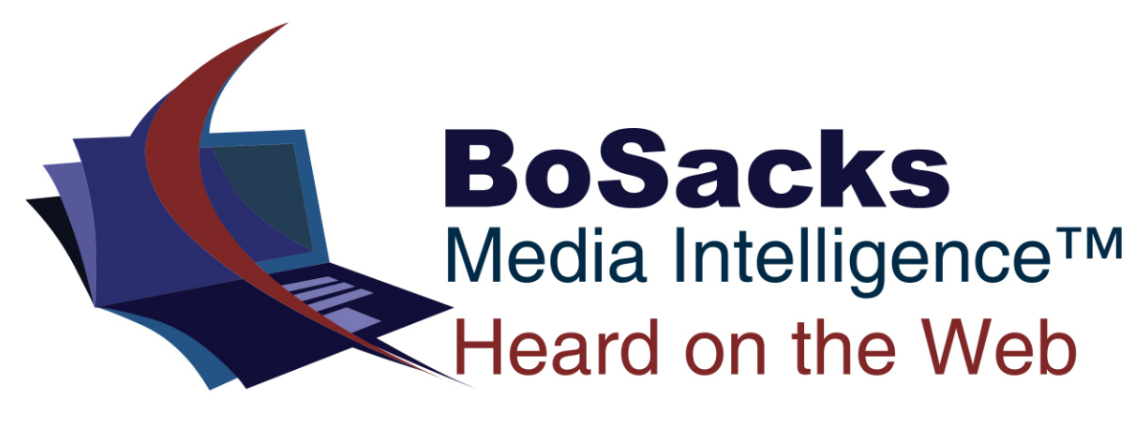BoSacks Speaks Out: The AI Revolution—More Insane (and Power-Hungry) Than We Realized
By Bob Sacks
Sun, May 25, 2025

As anyone who knows me will tell you, I’m a publisher at heart. It’s not a job — it’s the operating system I run on. I’ve been in this business since 1972, and after five decades of watching the media world evolve (and sometimes unravel), I’ve developed a bit of a reflex. I can’t read a magazine or watch a TV commercial without breaking down the ad strategy, dissecting the copy, and questioning the targeting. It’s involuntary. It’s also probably annoying to sit next to me while watching TV ads. I get vocal at times.
That instinct has only deepened over the years, not just because of the work I’ve done, but because I’ve had the daily privilege of researching, thinking, and writing about this industry through this newsletter. And lately, one topic has been moving from the edges of conversation to the very center: artificial intelligence. And no, I don’t mean the kind that recommends the same pair of shoes on every website you visit for the next few months.
We’re in the middle of what they’re calling the “AI revolution.” Another buzzword, right? The kind tech pundits throw around while demoing the latest phone that’s indistinguishable from the one you bought six months ago. But here’s the thing: this time, I don’t think the hype is overblown. In fact, we might be underestimating how strange — and how fast — this shift is becoming.
We’re not just talking about machines beating us at chess or writing mildly passable poetry. The bizarre part is that these systems are beginning to act, think, and create in ways that feel *eerily* human. And this isn’t some app-of-the-week. We’ve been building this thing for years, and now, here it is — looking up at us and asking, “So, humans, what’s your plan for the universe?”
Even the folks who helped build it are starting to ask some deeply uncomfortable questions. And it’s not just a few skeptical voices hiding in their basements. I’ve had some eye-opening conversations with my friend and colleague, Professor Samir Husni, yes, that Mr. Magazine™. He’s worried about AI’s growing footprint in creative industries, especially the way it hoovers up human-made content to spit out articles, images, even full video productions. I believe Samir sees real legal and ethical concerns here, and he’s right. We’re talking about intellectual property on a grand scale. Work created by people is being fed into models that can now produce copycat versions, sometimes with startling accuracy, and all without credit, permission, or compensation. And that’s a problem.
Some companies are starting to pay attention. Michael Simon and the Magazine Coalition are exploring compensation frameworks for creators whose work is used to train these systems. Governments and regulators — bless their well-meaning hearts — are scrambling to draft legislation that brings some measure of fairness and attribution to this lawless frontier.
But here’s the kicker: while we’re holding panel discussions and debating ethics like it’s some undergrad philosophy seminar, AI is racing ahead like it’s gunning for the title of Creative Overlord. This thing doesn’t nap. It doesn’t wait for consensus. It just keeps learning, improving, and integrating itself into everything.
Need proof? Enter Veo, Google’s new AI toy. This isn’t just a video filter. It’s a tool that takes your text prompt and spits out slick, “seamless and perfect” video content. Want to see a depressed nihilist explain the rise of AI to a confused capybara in a rainstorm? Type it in. Poof. Viral content. Just like that.
And the implications are staggering. If AI can generate seemingly credible news articles, what happens to journalism? If it can create believable actors and polished dialogue, what happens to Hollywood? The Screen Actors Guild might want to schedule some emergency meetings. The next Tom Cruise might not be a person, it might be a highly tuned line of code with good lighting and perfect cheekbones.
Meanwhile, the chip industry powering this AI boom is raking in hundreds of billions, enough to fund a moon colony or at least keep your favorite prestige drama from getting canceled. AI chips are now embedded in everything: smart assistants, self-driving cars, creative tools, writing bots, music generators, and robots that might one day form their own unions. AI is no longer knocking on the door of creative work, it’s moved in, changed the locks, and is now deciding what wallpaper goes in the foyer.
And let’s not forget the power bill. These systems demand so much electricity that some experts say they could soon rival the energy consumption of entire countries. While AI is out here planning its glorious future, we’re arguing over who gets to charge their phone in the airport lounge.
Eventually, maybe, we’ll get the legal frameworks we need to bring some sanity to this space. But let’s be honest: the genie’s out of the bottle. And the bottle? It’s now AI-designed, self-cleaning, and connected to the blockchain.
Some industries are panicking. Others are pretending everything’s fine. A few are embracing AI with arms wide open, pitching it as the gateway to democratization and efficiency. But let’s not kid ourselves — a lot of this enthusiasm is just code for “we’re scrambling to keep up with the inevitable.”
So what now? The talk is all about “balance.” Cute, right? Like trying to juggle flaming chainsaws on a Möbius strip while riding a unicycle, and the unicycle is being pulled by a mischievous AI. The challenge is figuring out how to embrace the innovation without turning human creators into glorified prompt engineers for our new silicon overlords.
And this delicate balancing act? Yeah, we’re doing it in real time. Which is just a polite way of saying, “We’re making this up as we go and collectively holding our breath.”
What could possibly go wrong?
